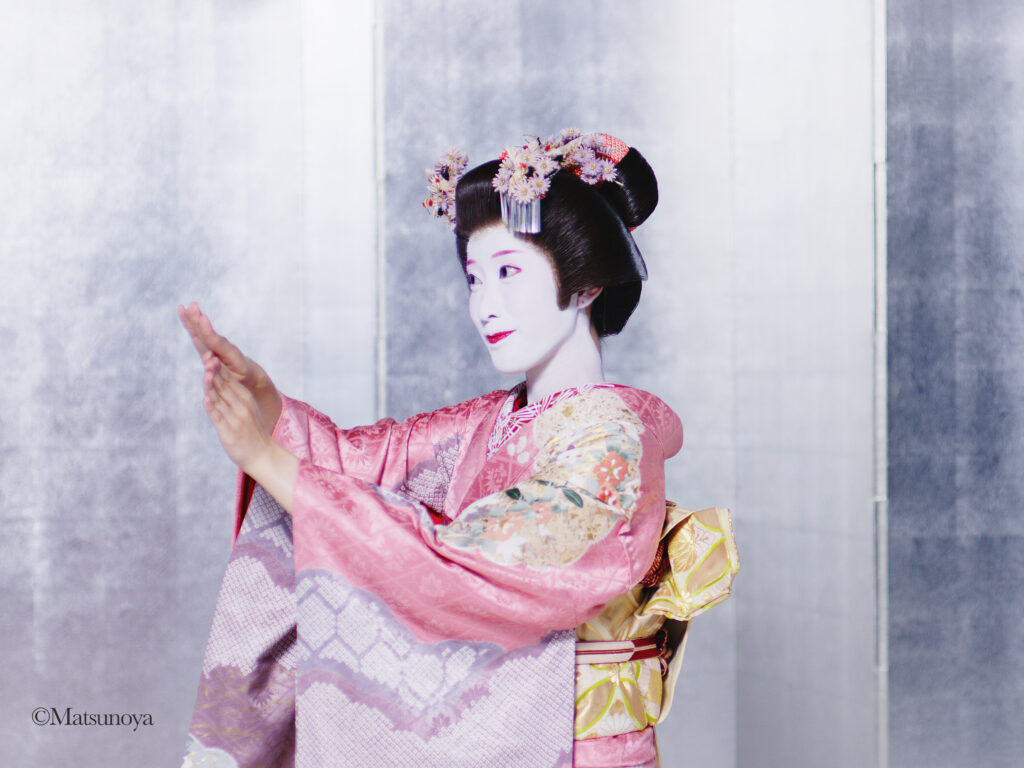Banquet
Banquet Venue 1 (Pacifico Yokohama North)
Main venue: approx. 2,000-person capacity
Western course menu
Performer
◆KABUKI-BUYO RENJISHI
The “Renjishi,” known for its stirring hair swinging, is a dance that is very popular in KABUKI Japanese traditional dances since EDO period.
Japanese dancers portray a story similar to a Chinese legend, beginning a parent and child lion playing in the mountains, with the parent lion (white) eventually testing the cub’s (red) strength by kicking it down into a deep valley.
Today, you will have the special opportunity to see four dancers performing the intense, hair-flinging dancing of the spirits of the parent lion and cub intoxicated by the scent of peonies.
-edited.png)
-edited.png)
Banquet Venue 2 (Pacifico Yokohama Exhibition Hall D)
Main venue: approx. 2,000-person capacity
Standing buffet style (with Japanese Food stands)
Performer
◆EL SQUAD
In 2011, they appeared as a part of the performance of the stage “FAKEST” of WRECKING CREW ORCHESTRA (Rekkin Crew Orchestra) “Light dance“.
In the spotlight quickly at the video site, breakthrough 65 million views.
They named themselves “EL SQUAD” and boasting show experience in 30 locations up to now.
Expanding the range of activities and raising the name recognition with the TV commercial of smartphone “Xperia”, which was watched dramatically with tricky dance video not using CG.
It also has exceeded 5 million views in YouTube in just two months, now it is over 50 million views and is being viewed worldwide.
Starting with “FAKEST” (2011 Japan, 2012 Japan, Hong Kong), “COSMIC BEAT” (2013 Japan) “BEATBUMPER” (2013 · 2014 Japan, 2014 Malaysia, 2015 Bahrain, 2017 Bangkok ) Performed on stage in “DOODLIN ” (Japan in 2015) in succession, in the stage of co-production of Miyamoto Amon and Leader -YOKOI in December 2015″ SUPERLOSERZ SAVE THE EARTH “also appeared In May 2016, the first single performance “ILL – EGAL ABI – LITY” was made successful and reappeared in July the same year.
April 2018, the band performed at the “GOLDEN STAGE” art festival in France, which led to 28 performances in 20 cities in France in 2019.
They performed 28 shows in 20 cities in France with a total audience of over 20,000 people, making them a huge success.
Although their activities were restricted due to the COVID, they gave the performance “Lights in the Darkness” in Paris, France in 2022.

Banquet Venue 3 (Yokohama Royal Park Hotel)
Sub-venue (10-min. walk): approx. 750-person capacity
Western course menu
Performer
◆ Chinese LION DANCE
As you may know, we have Chinese town in Yokohama.
The Yokohama Chinese School Alumni Association Traditional Arts Team was formed by graduates of the Yokohama Yamate Chinese School and primarily performs in Yokohama Chinatown with the aim of “passing on traditional Chinese culture”.
Their main activities include Chinese LION DANCE and dragon dance, showcasing traditional Chinese culture at events in Yokohama Chinatown, national holidays, weddings, local events including the Minato Festival, parties, and various events nationwide.
As generations pass, their “traditional culture” that has been passed down and inherited continues to thrive and be preserved to this day.


Banquet Venue 4 (The Yokohama Bay Hotel Tokyu)
Sub-venue (3-min. walk): approx. 580-person capacity
Japanese course menu
Performer
◆ Traditional Japanese Dance by Japanese Geisha
GEISHA, translated as an “art person” in Japanese, is a skilled artisan proficient in singing, dancing, and playing the shamisen, a traditional lute-like instrument.
In addition to these essential talents, a geisha excels in the art of conversation and may also showcase proficiency in flower arranging, conducting tea ceremonies, or calligraphy.
The role of geisha in Japanese culture has evolved over hundreds of years to arrive at the iconic cultural status we recognize today.
You are welcome to take pictures with them in the audience. Please come and experience Japanese GEISHA performance.


◆ KOTO ensemble performance by professional musicians
The KOTO (琴) is a Japanese plucked half-tube zither instrument, and the national instrument of Japan.
KOTO are roughly 180 centimeters (71 in) in length, and made from Paulownia wood (Paulownia tomentosa, known as Kiri).
The most common type uses 13 strings strung over movable bridges used for tuning, different pieces possibly requiring different tuning.
Seventeen-string Koto are also common, and act as bass in ensembles.
Koto strings are generally plucked using three fingerpicks (Tsume), worn on the first three fingers of the right hand.



